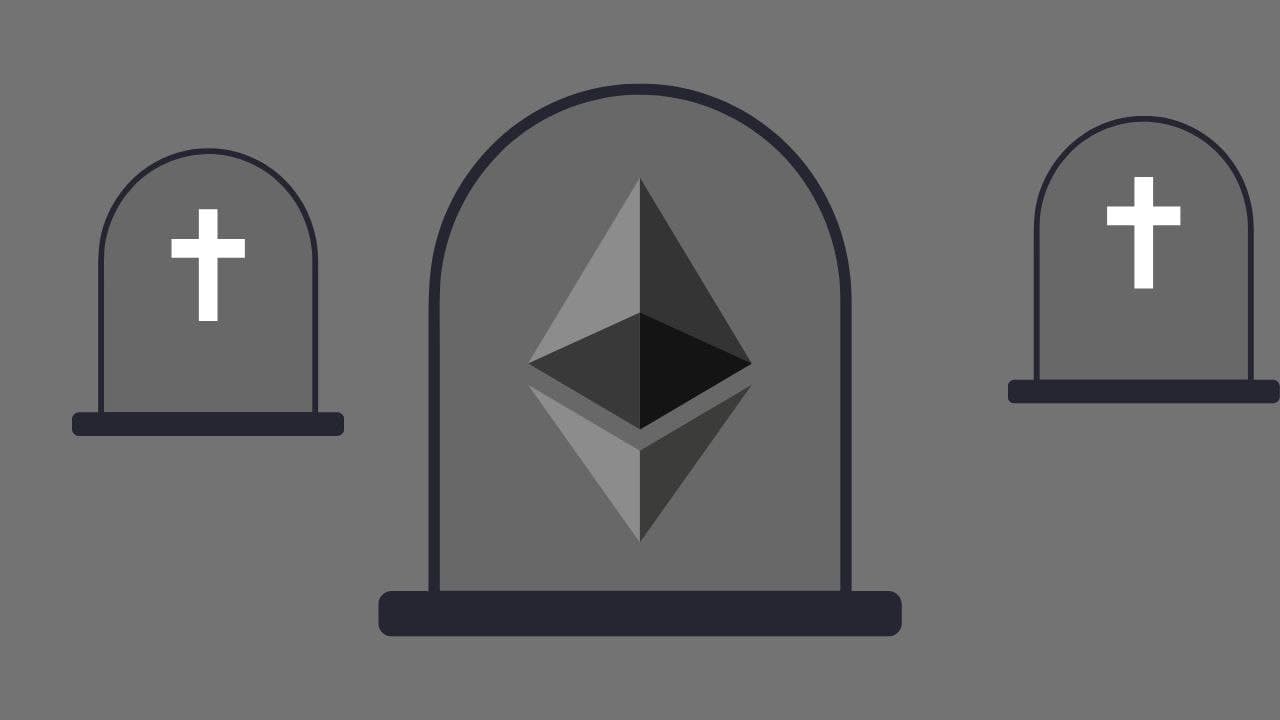Ethereum is an open-source decentralized smart contract platform on which decentralized applications can be developed. A smart contract is a piece of code that executes only when certain conditions are met and that too without the interference of any middlemen. Ethereum was created by Vitalik Buterin in 2015.
Ethereum is the second-largest cryptocurrency after Bitcoin. Ethereum is a programmable blockchain and it is responsible for most of the innovation in the crypto sphere. The origins of decentralized finance, NFTs, and decentralized autonomous organizations are all on Ethereum.
Ethereum also has some drawbacks which led developers in the pursuit of a better version of a smart contract platform. Ethereum can process only 15 transactions per second. Ethereum has scalability issues which leads to high transaction fees and network congestion.
Ethereum developers have been hinting at Ethereum 2.0, which runs on proof-of-stake consensus and will be able to process many more transactions per second. However, this is taking too long to launch and is expected by the end of 2022.
To overcome the drawbacks of Ethereum, various smart contract platforms have come up to solve the issues that Ethereum users are facing. What improvements do these new blockchains offer over Ethereum and what did they sacrifice in order to be an Ethereum killer. Let us briefly overview the top 5 blockchains which are assumed to be Ethereum killers.
Top 5 Ethereum Killers
1. Solana(SOL)
Solana is the fastest and cheapest blockchain available right now. Solana offers high scalability and throughput for the users. Solana transactions happen in milliseconds and transaction fees will cost less than $0.01. Many DeFi applications and NFTs have been built on the Solana blockchain.
SOL is the native token of the Solana blockchain. SOL is the eighth largest cryptocurrency by market cap. SOL is used to pay transaction fees and deploy decentralized applications on Solana. SOL is currently trading at $97.47 after an all-time high price of $260 in Nov 2021.
2. Avalanche(AVAX)
Avalanche is a blockchain specialized in decentralized finance applications. Avalanche enables anyone to launch public and private blockchains. Avalanche processes 4,500 transactions per second which is faster than both Bitcoin and Ethereum. Avalanche is an EVM-compatible blockchain, which means applications that are deployed on Ethereum can also be deployed on Avalanche with the slightest modification.
AVAX is the native token on the Avalanche network. AVAX can be staked to earn staking rewards and also to pay fees on its blockchain. AVAX is currently trading at $81.33 with a market cap of over $19 billion.
3. Polkadot(DOT)
Polkadot is different from conventional blockchains. Polkadot is a blockchain platform for distributed computing. It is an ecosystem of interconnected blockchains known as parachains. Polkadot has a common set of validators for multiple chains and all transactions are spread across those parallel chains. DOT is yet to deploy its mainnet.
DOT is the native token of the Polkadot ecosystem. DOT is used to the governance of the Polkadot network. DOT can also be staked to elect parachains and earn rewards. The price of DOT is $18.90 and has a market cap of over $20 billion.
4. Polygon(MATIC)
Polygon is an Ethereum layer 2 blockchain and Ethereum scaling solution. Polygon transforms Ethereum into a multi-chain platform. Polygon is also integrated into many Ethereum platforms like Opensea, AAVE, and Uniswap. Polygon offers faster and cheaper transactions than Ethereum.
MATIC is the native token and is used for governance in the Polygon ecosystem. MATIC is used to pay transaction fees on the Polygon network and can also be staked to earn staking rewards. MATIC is currently trading at $1.67 with an all-time high price of $2.97 in December 2021.
5. Fantom(FTM)
Fantom is an EVM-compatible blockchain that uses Directed Acyclic Graph(DAG) to achieve fast finality and cheaper transactions. Fantom is a highly scalable blockchain due to its modular architecture. Each application can have its own blockchain on Fantom, which eliminates the network congestion during peak times.
FTM is the native token of the Fantom blockchain. Users can delegate FTM and earn rewards. FTM is also used to pay transaction fees. The price of FTM is $1.94 and FTM has a market cap of over $4.9 billion.
Every blockchain is unique and has its own pros and cons. Blockchains are enabling multiple sources to generate yields using various Defi platforms. We are yet to witness blockchains that solve the blockchain trilemma which offers the best features for its users.

Post a Comment